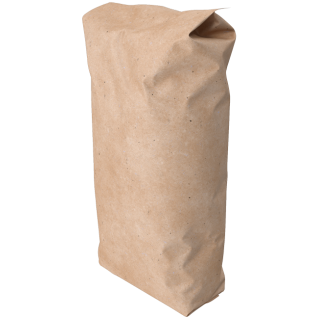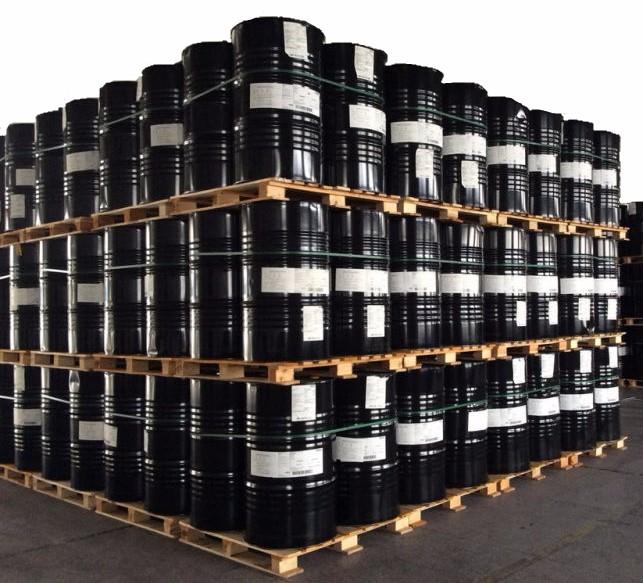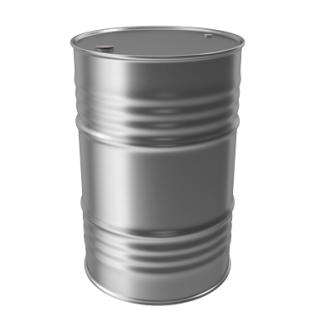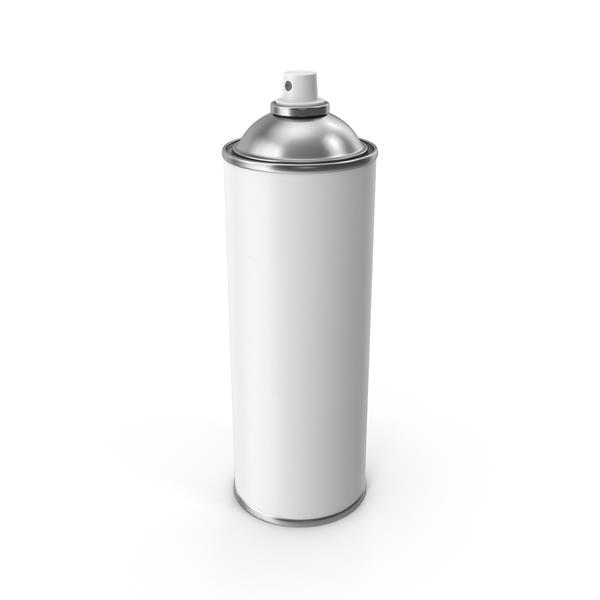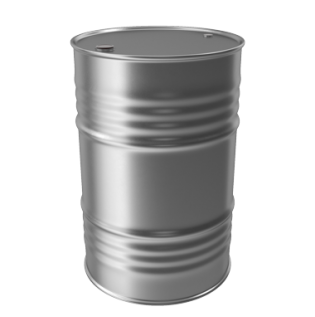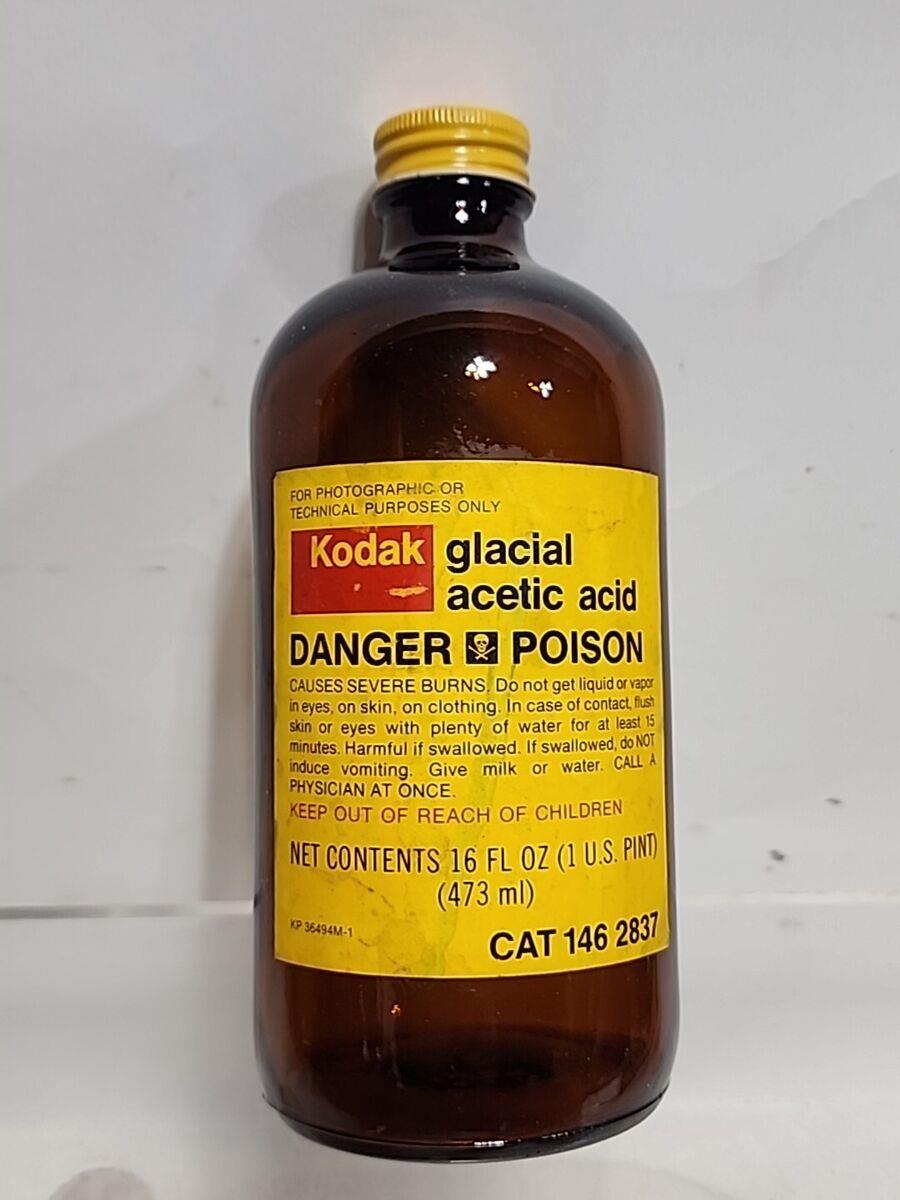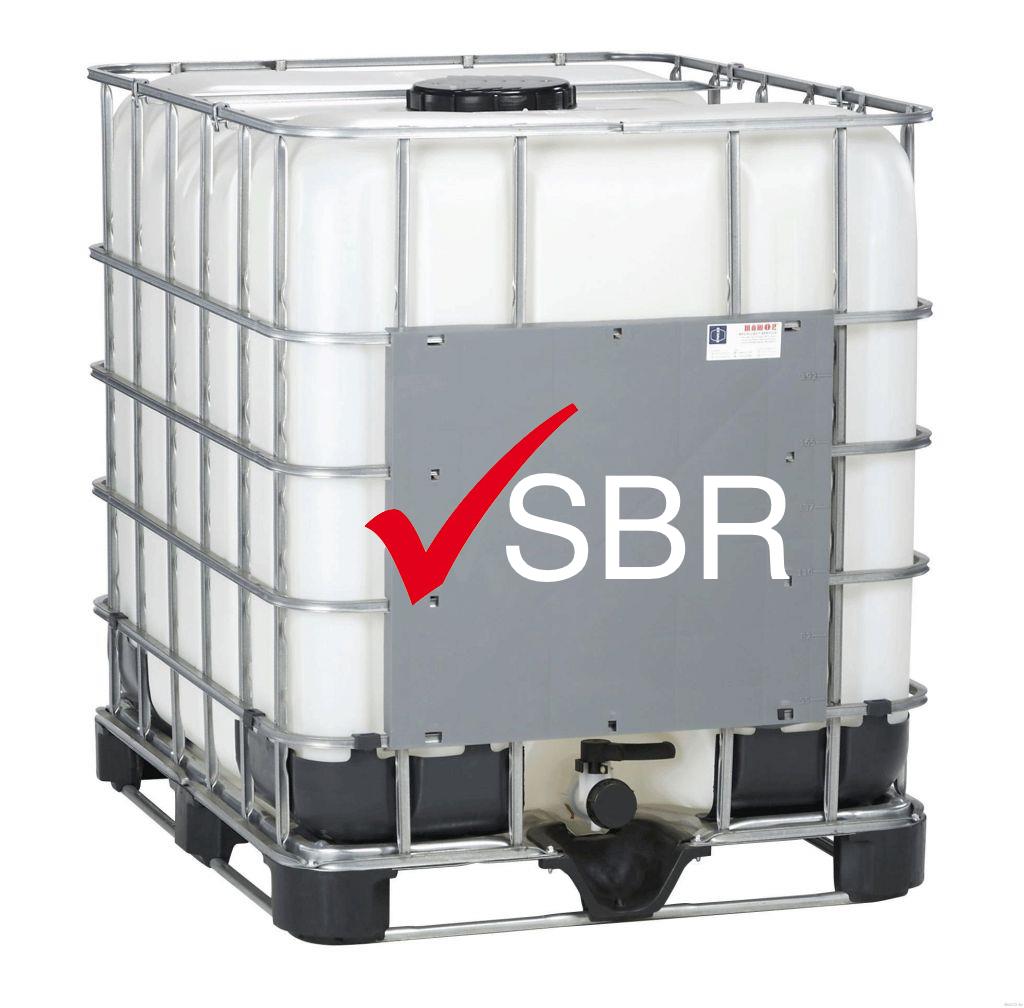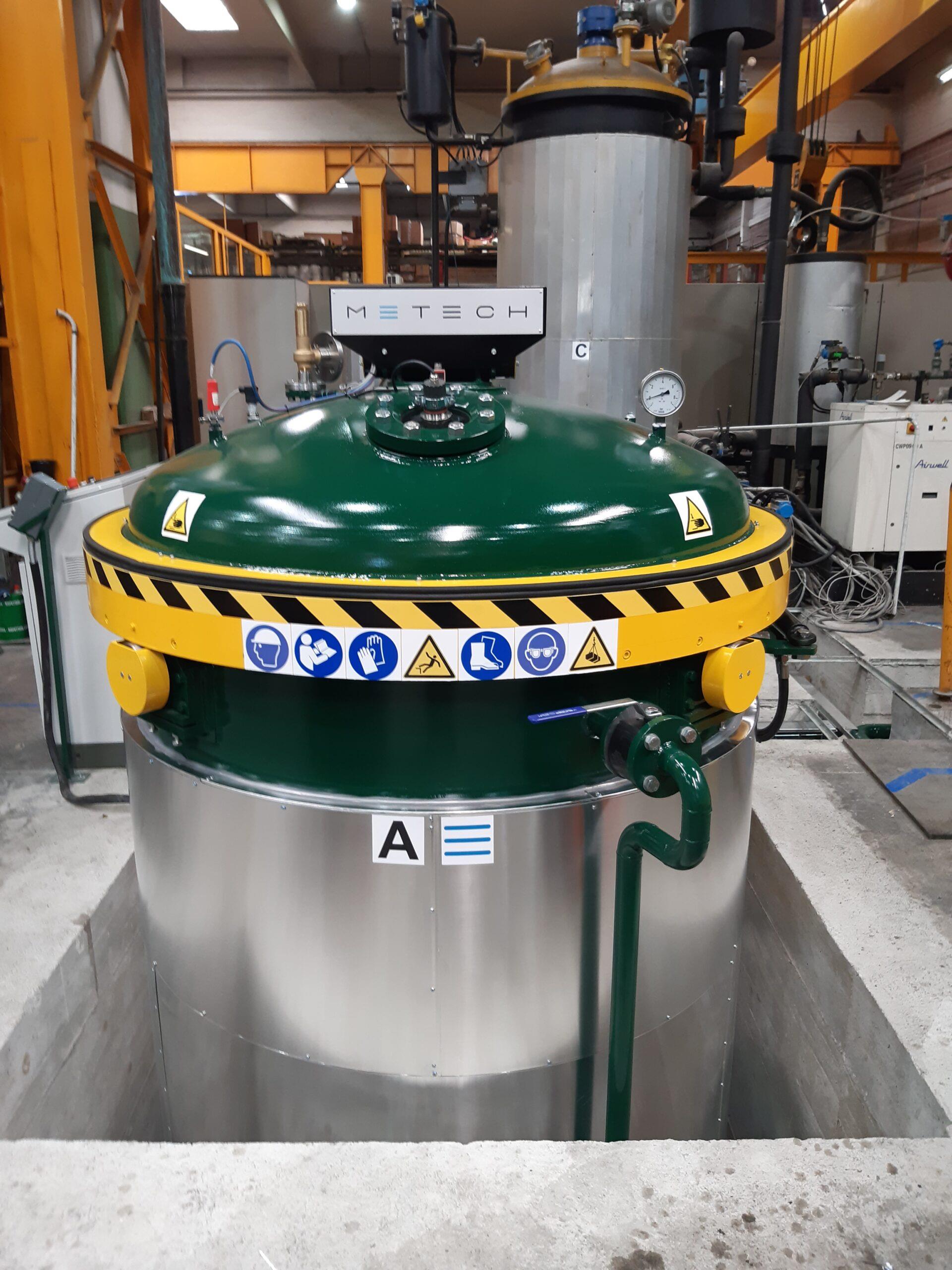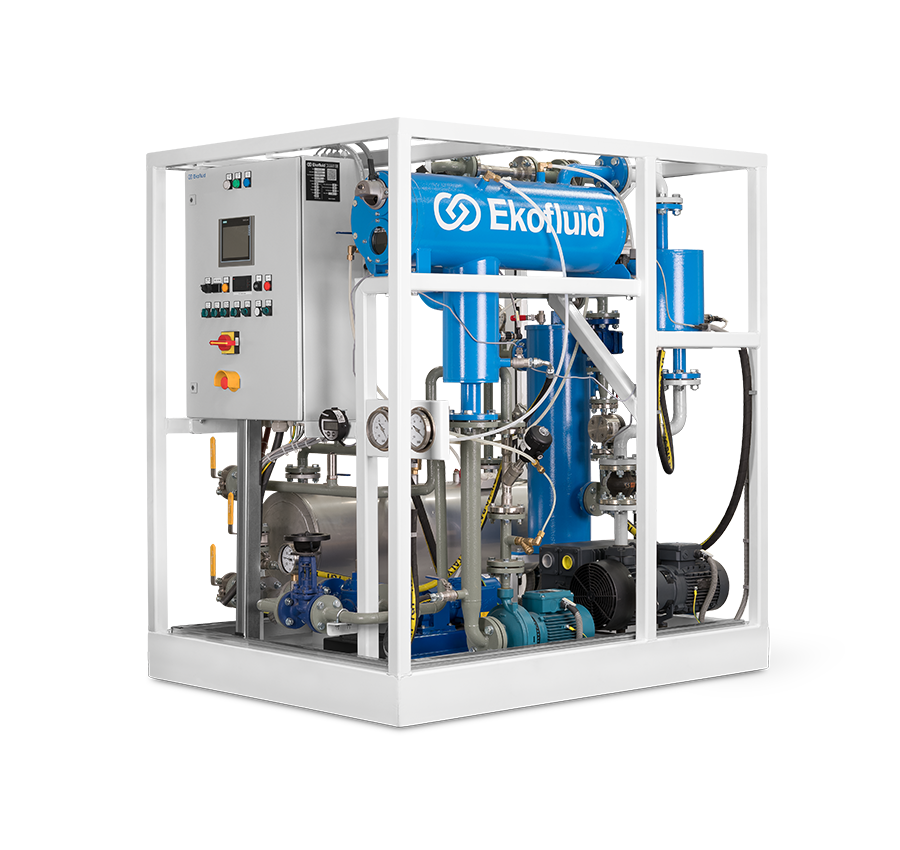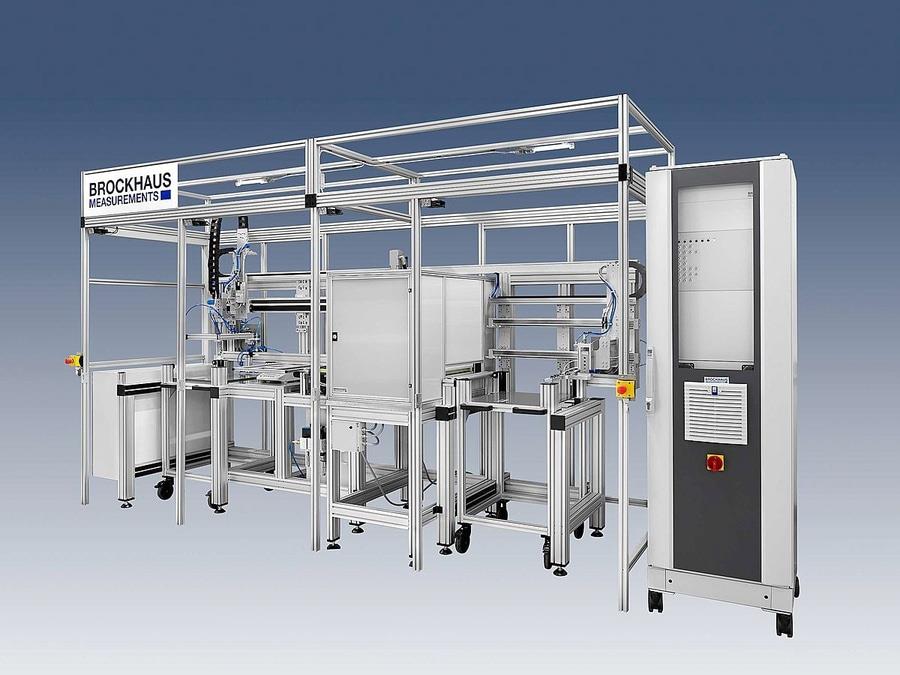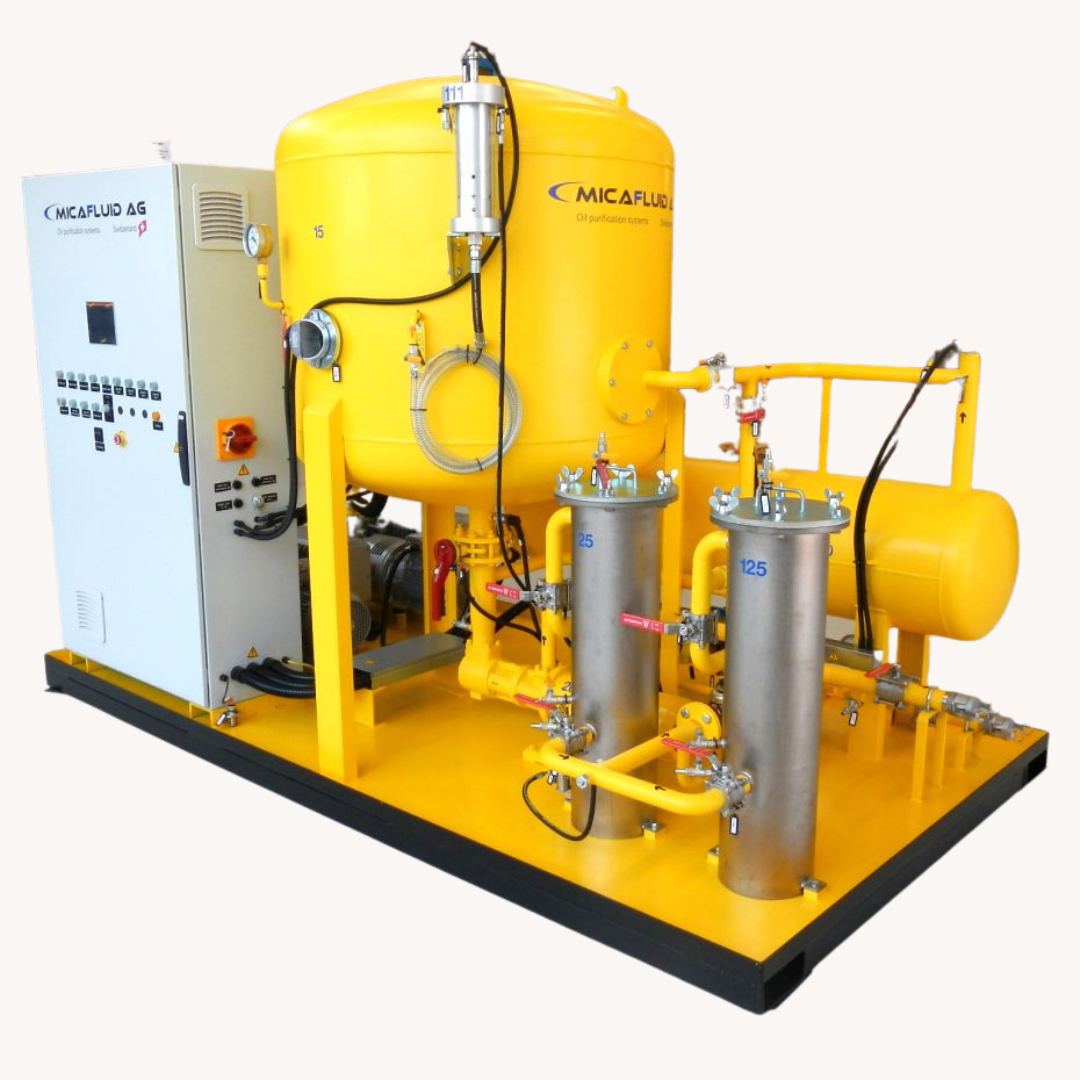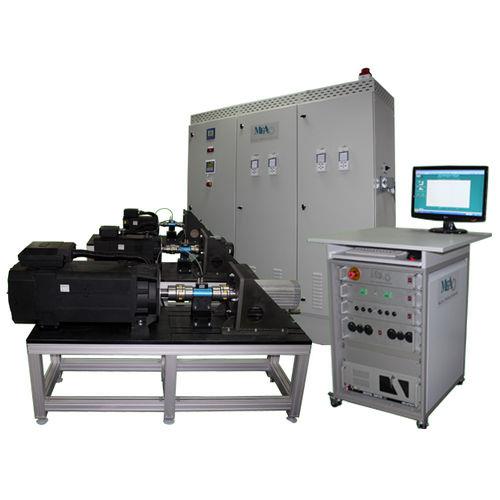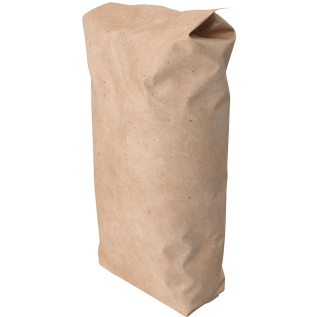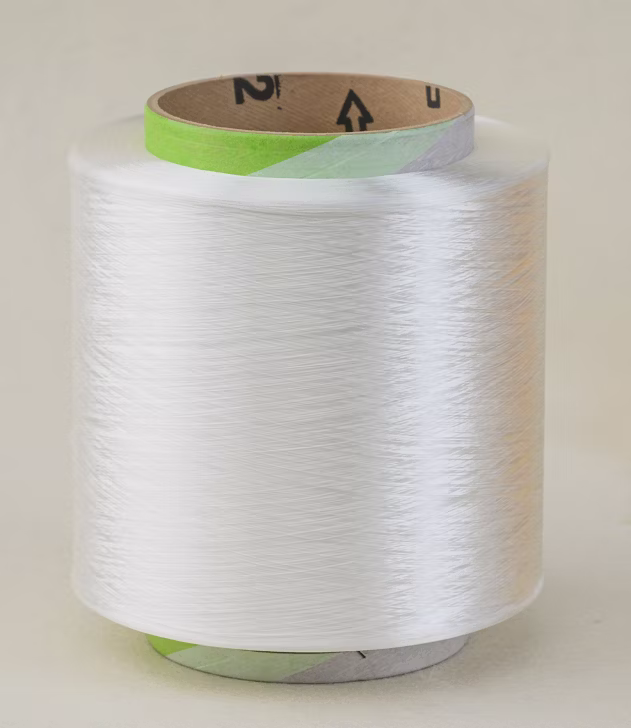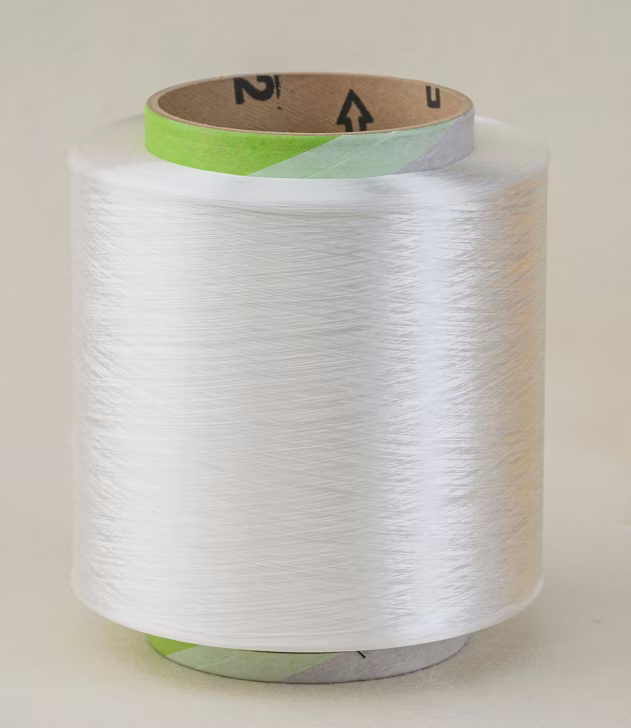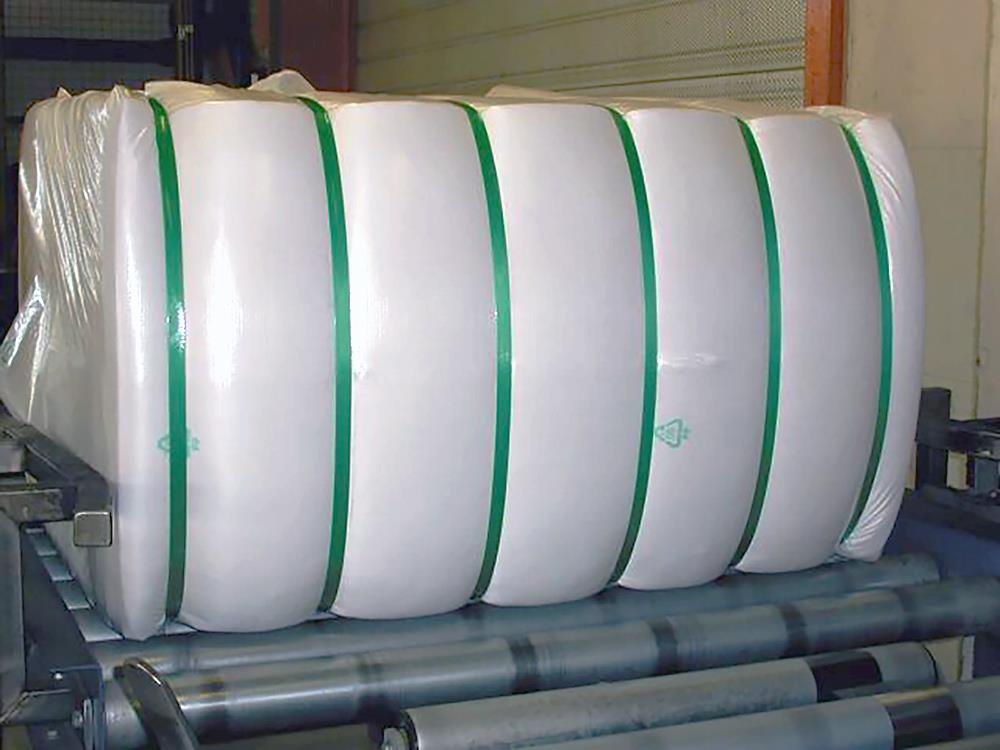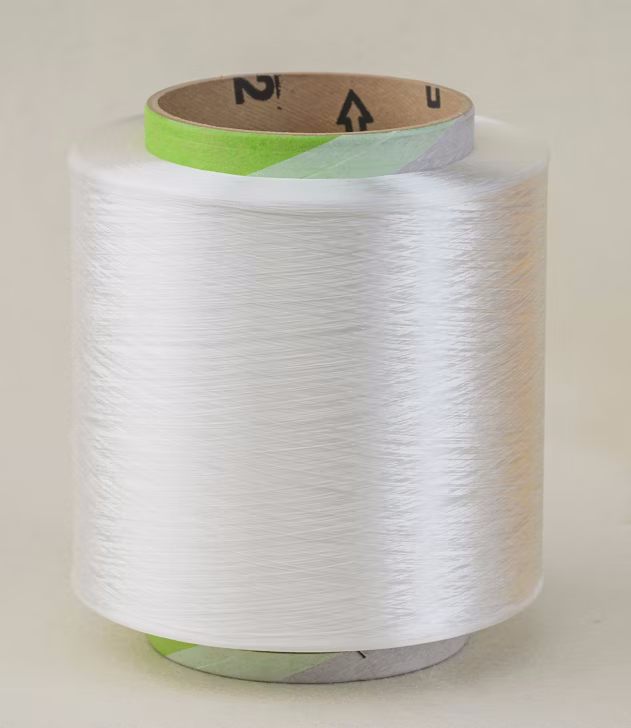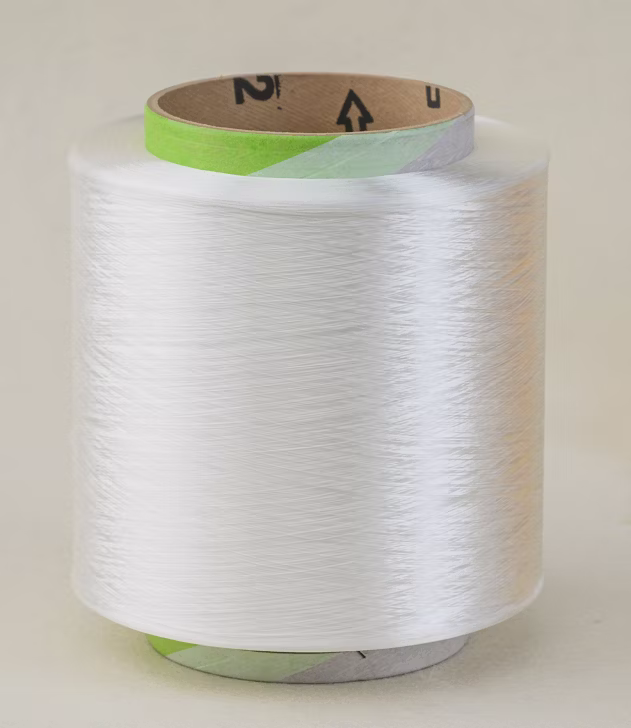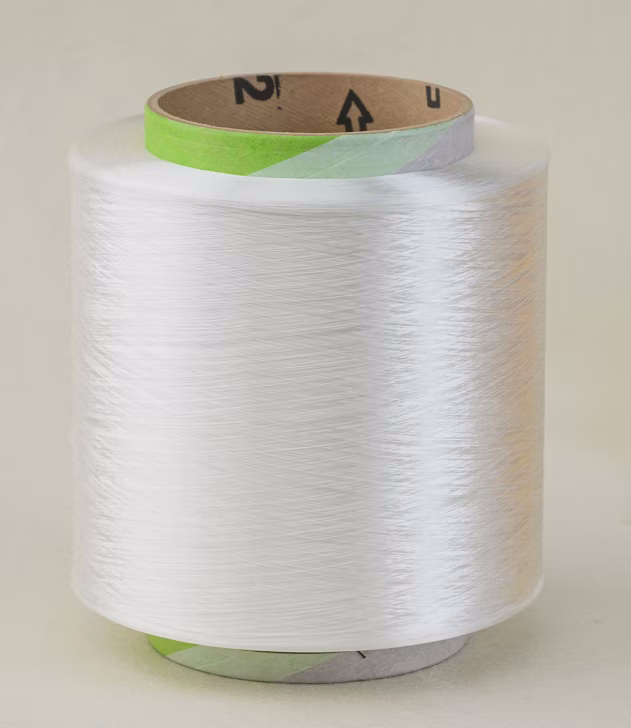Heat transfer fluid—Q&A
Q1. HOW DO I SELECT THE RIGHT EASTMAN THERMINOL® HEAT TRANSFER FLUID FOR MY APPLICATION?
Generally, a heat transfer fluid is selected based on its ability to provide long-term, reliable system operation and performance. Desired operating conditions of the heat transfer fluid system, particularly the maximum operating temperature, will typically narrow the field of choices. If the system is used for heating and cooling or is operated outdoors in extremely cold climates then you will need to consider the low-temperature properties of the heat transfer fluid as well. Other criteria that may factor into your decision are environmental friendliness of the fluid, specific system design criteria, and cost. Your Therminol specialist is always available for consultation in fluid selection. Selecting a supplier is at least as important as the decision of which fluid to buy. When you select Therminol, you are choosing the world leader in heat transfer fluids. Therminol fluids are produced on four continents and stocked in strategic locations around the world. Therminol representatives with unmatched capabilities can be found in nearly every country in the world. Eastman’s Therminol team will work to make you successful from the earliest conceptual design phases of the project right through detailed design, start-up, and routine operation. We are with you all the way, helping you achieve your goal of safe, reliable, and cost-effective operation.
Q2. IS THERE A STANDARDIZED METHOD FOR MEASURING THERMAL DEGRADATION?
Standardized methods for measuring thermal stability of organic heat transfer fluids exist in Europe and the Americas. DIN 51528/51435 and ASTM D6743/7213 provide the test methods needed for thermally stressing the fluids and analysis of degradation products formed by simulated distillation (chromatography). The output from both of these methods is a quantification of low-boiling (low boilers) and high-boiling (high boilers) thermal degradation products, which have boiling points below and above the initial and final boiling points of the unstressed heat transfer fluid.
Q3. DOES THERMINOL HEAT TRANSFER FLUID FORM SLUDGE?
Therminol heat transfer fluids are synthetics and are nonfouling by nature. In systems which are properly designed and operated, they generally do not form coke or insoluble tars and sludges. They are much more resistant to solids formation caused by oxidation than other types of heat transfer fluids, such as mineral oils.
ARE THERMINOL HEAT TRANSFER FLUIDS ENVIRONMENTALLY FRIENDLY?
After use, most Therminol heat transfer fluids will meet the criteria for nonpetroleum used oil under the U.S. EPA Standards for Management of Used Oil (40 CFR 279), which govern recycling and disposal of used oil. Contact your Therminol representative for details on assistance in the proper disposal of used heat transfer fluid under these regulations with Eastman’s used heat transfer fluid trade-in program. Should any organic heat transfer fluid be spilled, efforts should be taken to prevent it from entering sewers or drainage pathways into the environment. More information can be found on the specific safety data sheets.
. HOW DO I KNOW WHEN TO CHANGE THE FLUID?
Heat transfer fluid life is time and temperature dependent. Most Therminol heat transfer fluids will last for many years. Actual fluid life is quite dependent on the total system design and operation and can vary from system to system. Significant overheating and fluid contamination will also affect the performance of a heat transfer fluid system. An in-depth analysis of your fluid in the Therminol laboratory gives excellent guidance on the condition of the fluid and likelihood of continued reliable operation. The most common reasons for suggesting fluid replacement are:
- Elevated viscosity resulting in impaired low-temperature fluid performance
- Elevated quantities of high-molecular-weight degradation products approaching (or, in the worst cases, exceeding) their limit of solubility in the subject fluid
- Contamination of the heat transfer fluid with foreign compounds
Eastman recommends regular sampling and analysis of heat transfer fluid systems. By taking advantage of our complementary sampling program, you can monitor your system and plan ahead for fluid replacement before you experience a loss in system performance.
Q6. DOES THE COLOR AFFECT PERFORMANCE?
Color is the least reliable indicator of fluid condition. Although Therminol heat transfer fluids are clear or slightly tinted when new, it is normal for them to darken in color when heated and exposed to minor contaminants such as iron oxide or mill scale in a heat transfer system. This change in color has no effect on their operational performance or overall fluid life.
Q7. WHEN I DO NEED TO REPLACE THE FLUID, CAN EASTMAN HELP?
Of course! We offer several services that will help when it comes time to change your fluid. Eastman prides itself on being an environmental leader, and in North America, we offer a trade-in program for used heat transfer fluids. Depending on the fluid and its condition, we can take back your old fluid and in return offer you a credit towards the purchase of your new heat transfer fluid for your system. The trade-in program eliminates your disposal costs of spent heat transfer fluid. Deposits from oxidized, thermally degraded, or contaminated fluid can foul interior surfaces, making it necessary to clean the system prior to charging with new fluid. Based on the condition of your system, this may be recommended. If so, you may want to consider using Therminol FF. Therminol FF is the first and best flushing fluid for liquid-phase heat transfer systems. In some areas, Eastman will even take back your used Therminol FF at no additional cost. Our cradle-to-grave approach eliminates expensive disposal costs.
Q8. WHAT IS A "SYNTHETIC" HEAT TRANSFER FLUID?
A synthetic heat transfer fluid is one that is manufactured as a first-intent heat transfer fluid which meets precise purity and performance specifications. Mineral oils, on the other hand, are by-products of lube oil production.
Q9. WHAT DO YOU MEAN BY THERMAL DEGRADATION?
All heat transfer fluids thermally degrade to what are called low and high boilers. These are chemical compounds of different molecular weights that boil at lower or higher temperatures than the original fluid. Therminol fluids have been lab and field tested at elevated temperatures to measure the rate of formation of these compounds. This is usually expressed as percent degradation vs. time. The maximum operating temperature is recommended for each fluid.




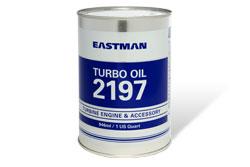
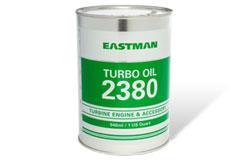
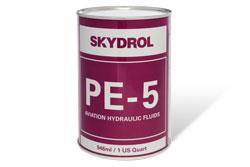
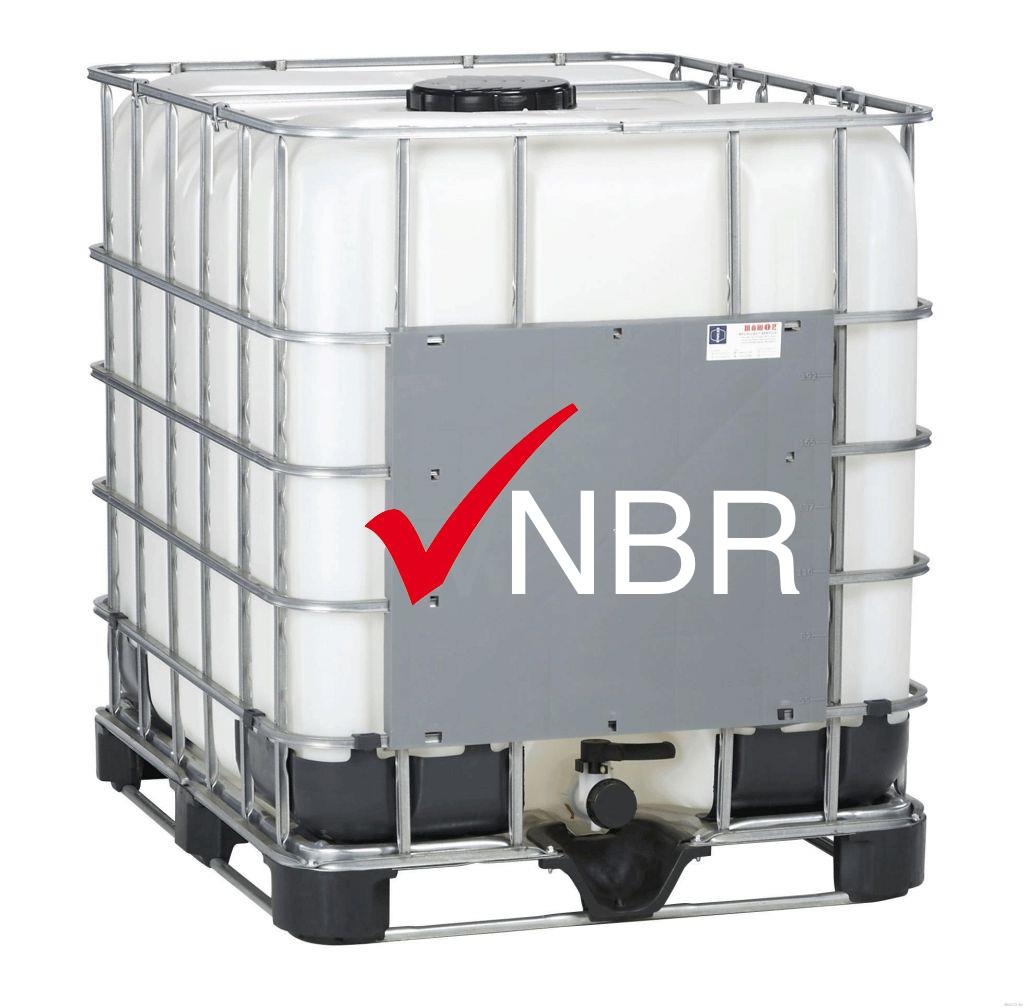
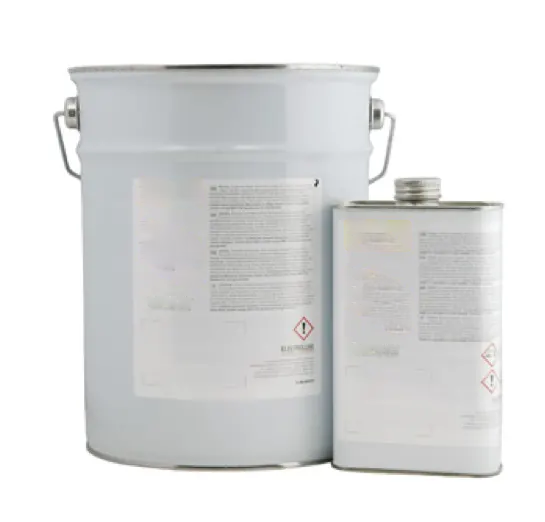
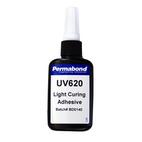
 Permabond
Permabond Demak
Demak Therminol
Therminol Eastman Aviation
Eastman Aviation LEFA
LEFA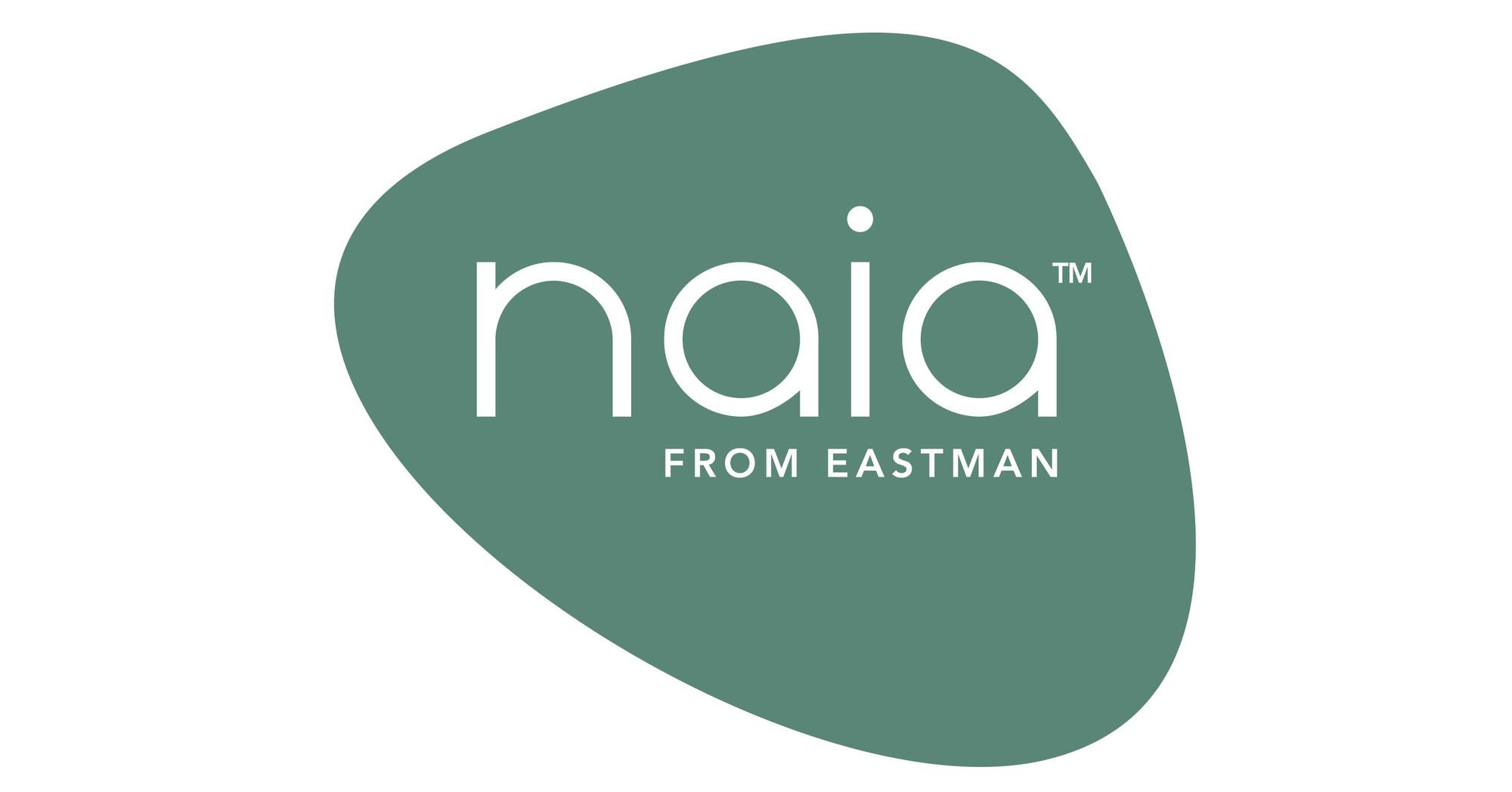 Naia
Naia LPS
LPS Marlotherm
Marlotherm Atul
Atul LPS Sprays
LPS Sprays
 LPS MAX
LPS MAX
 DYKEM
DYKEM
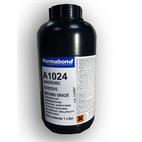 Anaerobics
Anaerobics
 Cyanoacrylates
Cyanoacrylates
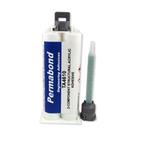 Structural Acrylics
Structural Acrylics
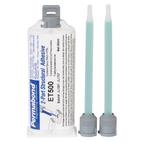 2-Part Epoxies
2-Part Epoxies
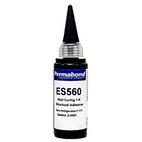 1-Part Epoxies
1-Part Epoxies
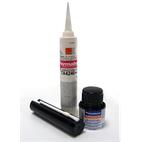 Polyurethane Adhesives
Polyurethane Adhesives
 UV Adhesives
UV Adhesives
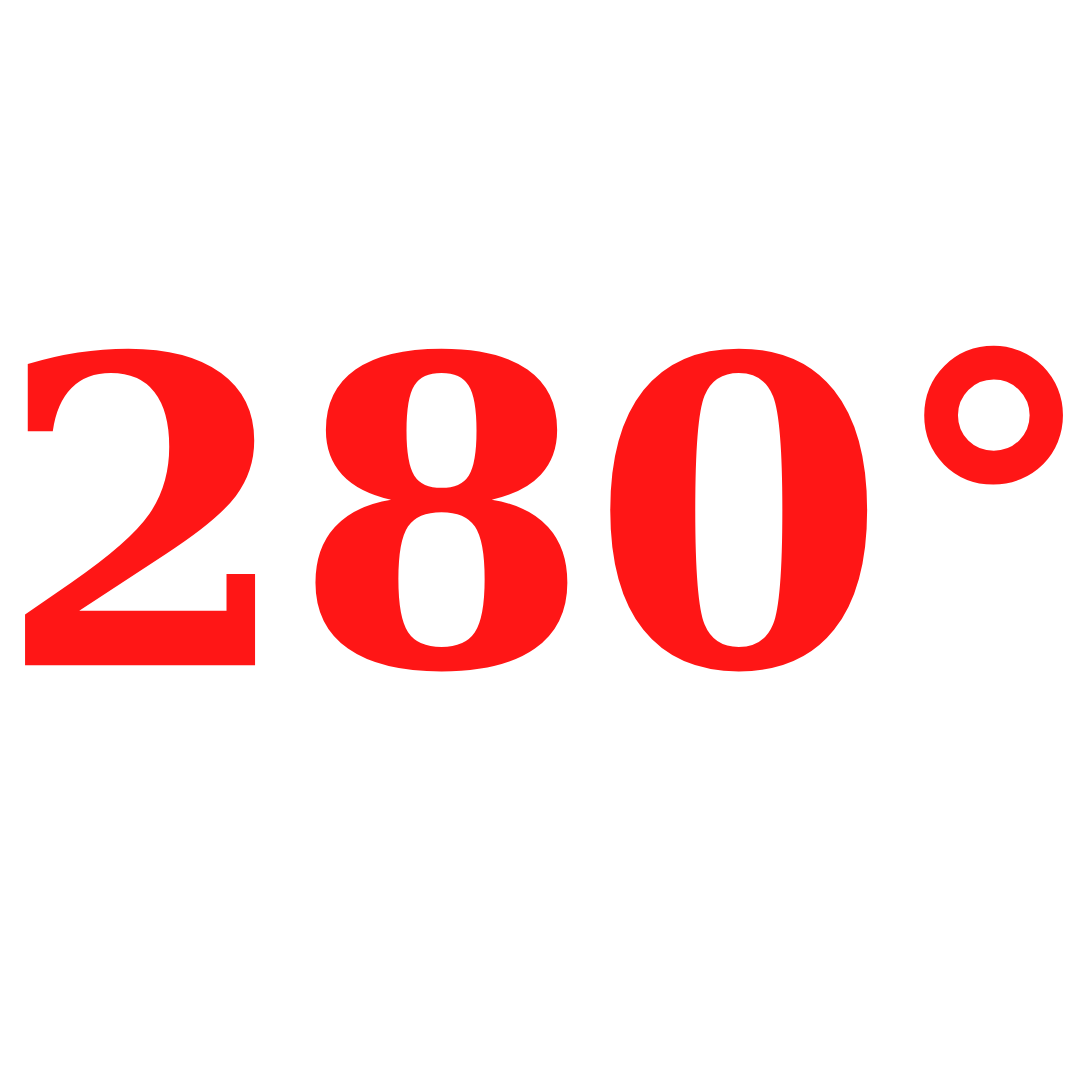 Low Temperature
Low Temperature
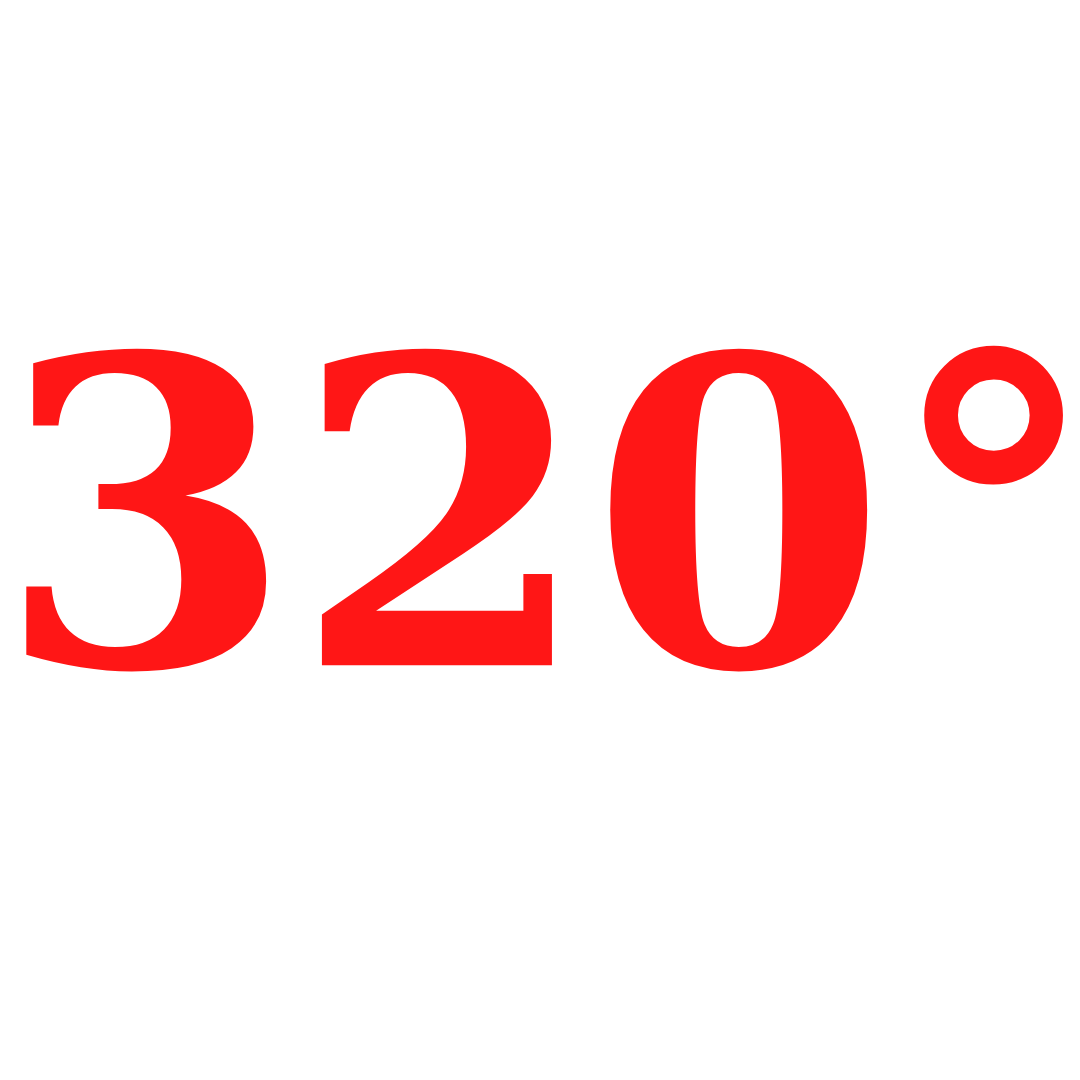 Mid Temperature
Mid Temperature
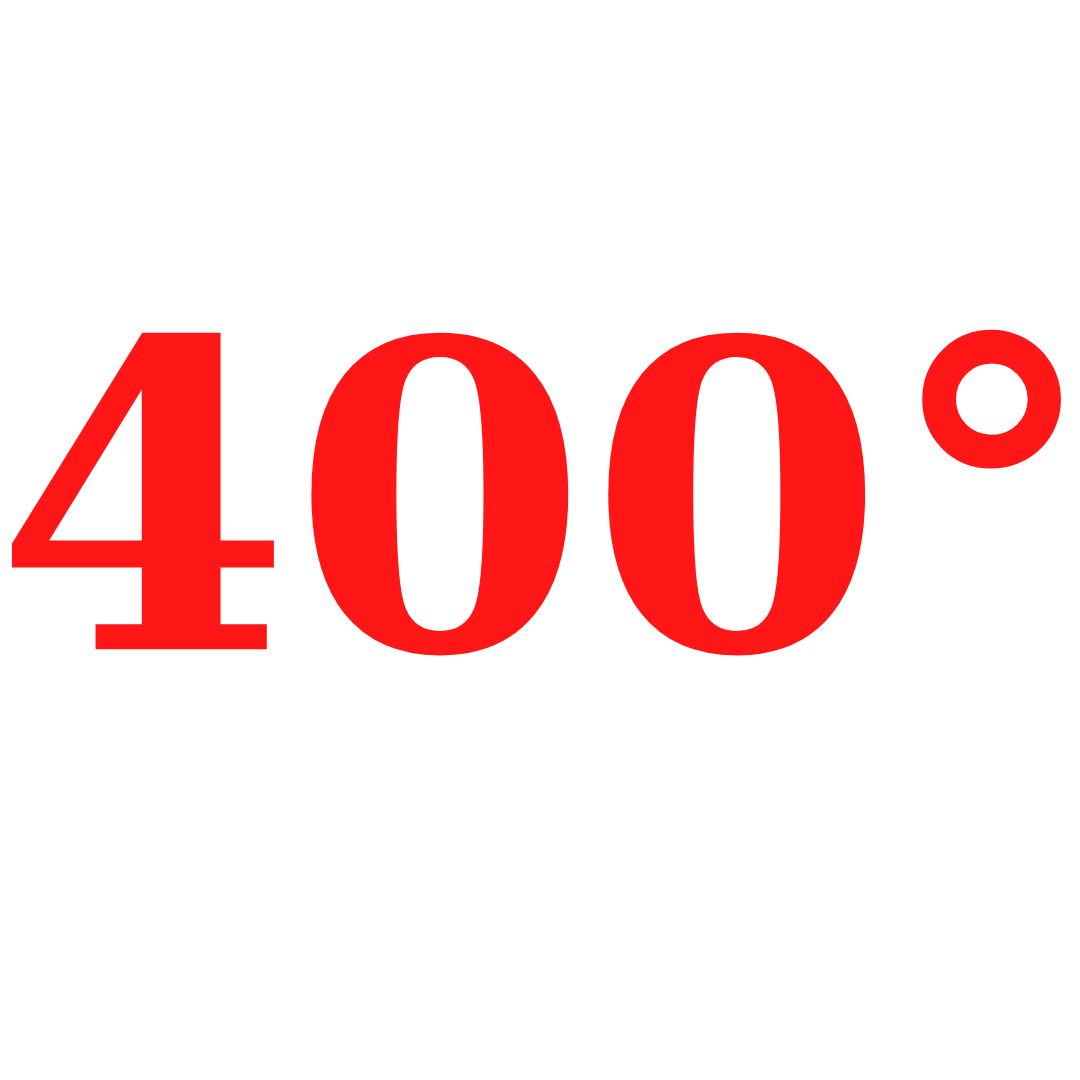 High Temperature
High Temperature
 Vapour Phase
Vapour Phase
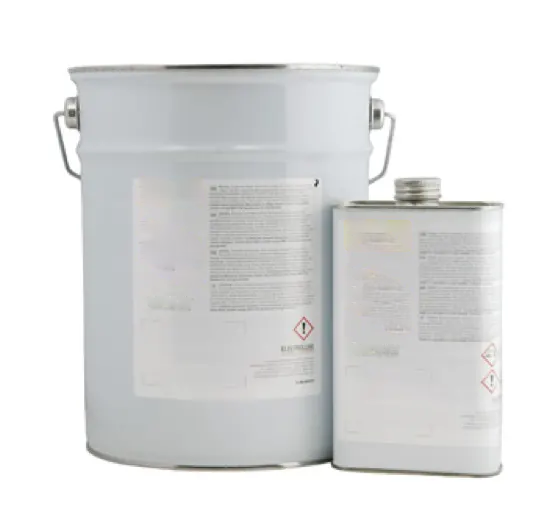
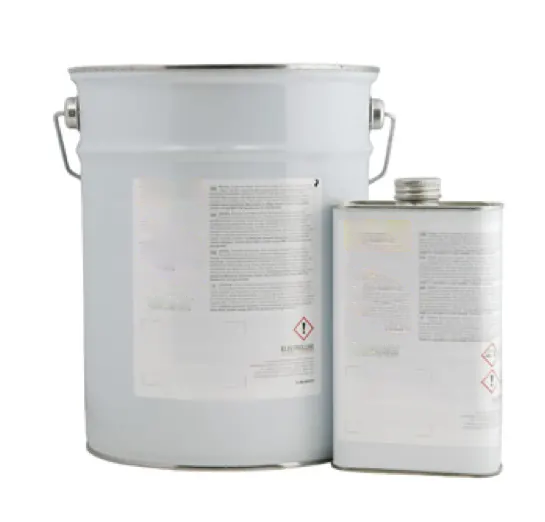

.png)
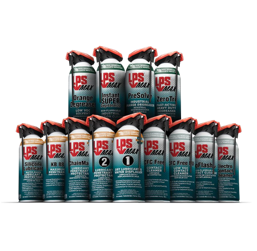 MRO Products
MRO Products
 Turbine Engine Oil
Turbine Engine Oil
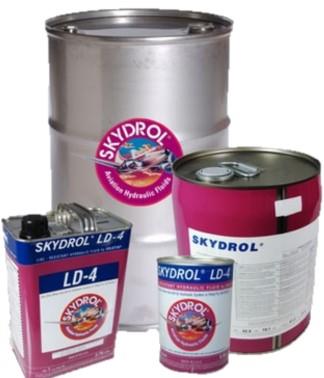 Hydraulic Fluids
Hydraulic Fluids
 Cleaners
Cleaners
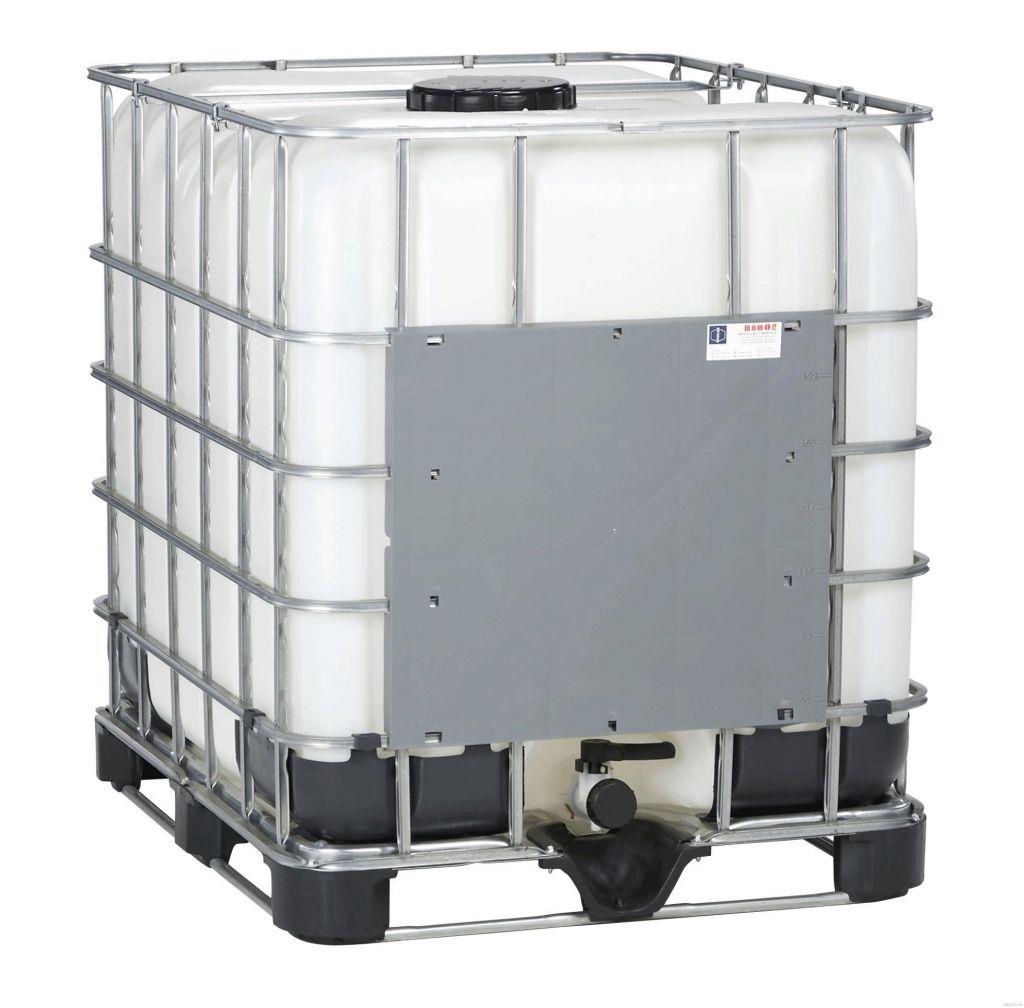 Anti Icing
Anti Icing
